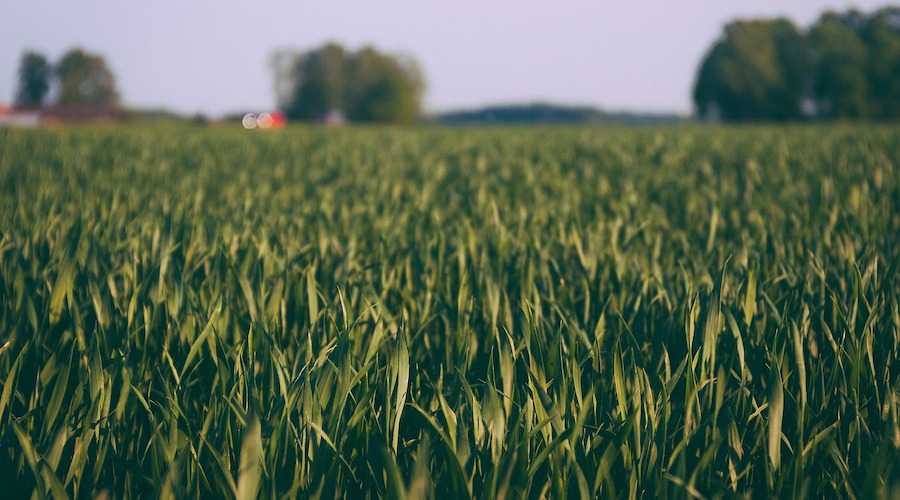
A study led by a Yale University researcher shows that farmers around the world could help the planet reach a key carbon removal goal set by the Intergovernmental Panel on Climate Change (IPCC) by mixing crushed volcanic rocks into their fields.
The paper, published in the journal Earth’s Future, provides one of the first global estimates of the potential carbon dioxide drawdown from basalt application on agricultural fields worldwide.
This type of climate intervention is called enhanced rock weathering. It takes advantage of the weathering process, which naturally sequesters carbon dioxide in carbonate minerals, by accelerating it. When used in parallel with emissions reductions, it can help slow the pace of climate change.
“Enhanced rock weathering poses fewer risks compared to other climate interventions,” S. Hun Baek, lead author of the study, said in a media statement. “It also provides some key benefits, like rejuvenating depleted soils and countering ocean acidification, that may make it more socially desirable.”
The new study explores the potential of applying crushed basalt, a fast-weathering rock that forms as lava cools, to agricultural fields around the world and highlights which regions can most efficiently break down the rocks.
A previous study used a separate method of calculating carbon dioxide removal to estimate carbon drawdown by the year 2050, but the researchers wanted to look beyond country borders and further into the future. Thus, they used a new biogeochemical model to simulate how applying crushed basalt to global croplands would draw down carbon dioxide, to test the sensitivity of enhanced rock weathering to climate and to pinpoint the areas where the method could be most effective.
The new model simulated enhanced rock weathering on 1,000 agricultural sites around the world under two emissions scenarios from 2006 to 2080. They found that in the 75-year study period, those agricultural sites would draw down 64 gigatons of carbon dioxide. Extrapolating that to all agricultural fields, representing the world’s total potential application of this strategy, up to 217 gigatons of carbon could be sequestered in that period.
“The latest IPCC report said we need to remove 100 to 1,000 gigatons of carbon by 2100 in addition to steeply reducing emissions to keep the global temperature from rising more than one and a half degrees Celsius,” Baek said. “Scaling up to global croplands, the estimates of carbon removal we found are roughly comparable to the lower end of that range needed to have a fighting chance of meeting those climate goals.”
The study notes that because weathering progresses more quickly in hot and wet environments, enhanced rock weathering would work more quickly in tropical regions than in higher latitudes. Farmers and companies looking to invest in carbon drawdown solutions make cost- and carbon-efficient choices by targeting basalt applications in tropical fields.
“Enhanced rock weathering is surprisingly resilient to climate change,” Baek said. “Our results show that it’s relatively insensitive to climate change and works about the same under moderate and severe global warming scenarios. This gives us confidence in its potential as a long-term strategy.”
The researcher and his co-authors pointed out that farmers already apply millions of tons of limestone to their fields to deliver nutrients and control soil acidity, so gradually changing the rock type could mean a smooth transition to implementing enhanced rock weathering at scale.